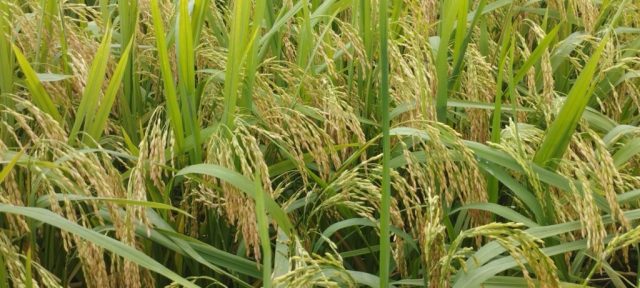India’s double-edged nutrition problem (East Mojo)
- From
-
Published on
30.09.22
- Impact Area
India’s double-edged nutrition problem (East Mojo)
East Mojo (India) published an op-ed by research fellows Kalyani Raghunathan and Derek Headey. In the op-ed, the authors wrote the nutritional quality of many Indians’ diets has deteriorated since the start of the pandemic. Three in four South Asians who cannot afford a healthy diet live in India. As India looks to fix malnutrition, it finds itself forced to tackle both undernutrition and growing levels of overnutrition as more and more of its people are classified as overweight. The economic implications of malnutrition among Indian children, adolescents, and working-age adults are as significant as the costs for health and quality of life. The double burden of over- and undernutrition has high social costs. Obesity-related chronic diseases raise health costs, lower productivity, and curtail life expectancy. The lack of good nutrition for cognitive and developmental ability in children also lowers productivity and earnings in adulthood. While information undoubtedly has a value here as well, it must be combined with measures that either enhance incomes or reduce the cost of nutritious foods.
Related news
-

Positioning healthier rice varieties in Odisha for market demand and farmer income
International Rice Research Institute (IRRI)28.10.25-
Nutrition
-
Poverty reduction, livelihoods & jobs
In western Odisha, farmer groups and women’s self-help groups are taking the lead in bringing…
Read more -
-

SOILutions for Security: CGIAR at the 2025 Borlaug Dialogue
Multifunctional Landscapes Science Program22.10.25-
Biodiversity
-
Environmental health
-
Environmental health & biodiversity
-
Food security
-
Nutrition
From October 21–23, CGIAR will join global partners in Des Moines, Iowa for the 2025…
Read more -
-

New insights on how rainfall patterns influence arsenic in rice
International Rice Research Institute (IRRI)14.10.25-
Nutrition
By Bushra Humaira Sadaf Arsenic in rice has long been linked to contaminated irrigation water,…
Read more -
